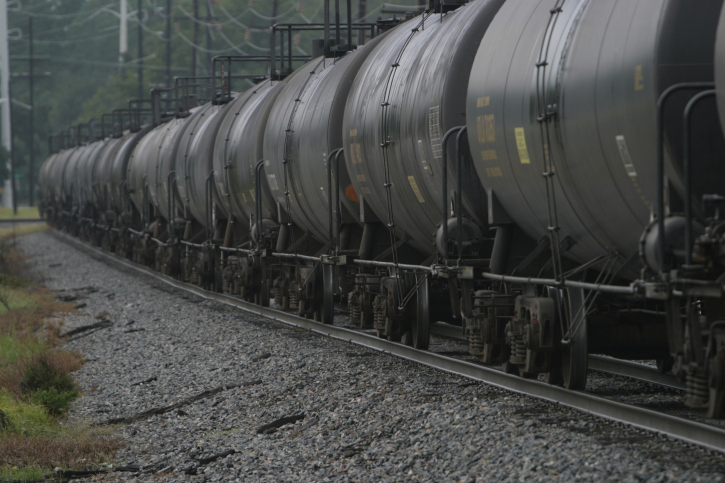Energy
Crude Oil Rail Shipments Top a Million Barrels a Day in 2014
Published:
Last Updated:

The EIA map below shows where the oil is going. Most is headed for East Coast refineries in Pennsylvania, New Jersey and Delaware, where there is virtually no pipeline transportation to carry oil to the country’s most populous region. Almost half of all daily shipments by rail in the United States are headed for the East Coast.

Rail transportation has also moved more oil to refineries in Washington state and to the Gulf Coast, both from North Dakota’s Bakken play and from the oil sands in Alberta. Rail transport also has allowed Permian Basin and Niobrara crude to make its way to southern California. Before 2013, no domestic crude was shipped to California except by tanker from Alaska.
Some 70% of crude transport by rail starts in the Bakken play, and the Niobrara play in northeastern Colorado is now the second largest source of crude by rail shipments. About 10% of all U.S. daily crude oil production is now shipped by rail.
As more crude is shipped by rail, the chances of a derailment or fire have risen as well. The railroad and oil industries are on the horns of a dilemma. On one hand, they fear a devastating explosion and fire in a major city and the billions of dollars that will cost. On the other hand, the flow of oil by rail is now too large to disrupt by junking older, less secure tank cars for new, safer ones.
ALSO READ: The Most Iconic Job in Each State
Thank you for reading! Have some feedback for us?
Contact the 24/7 Wall St. editorial team.